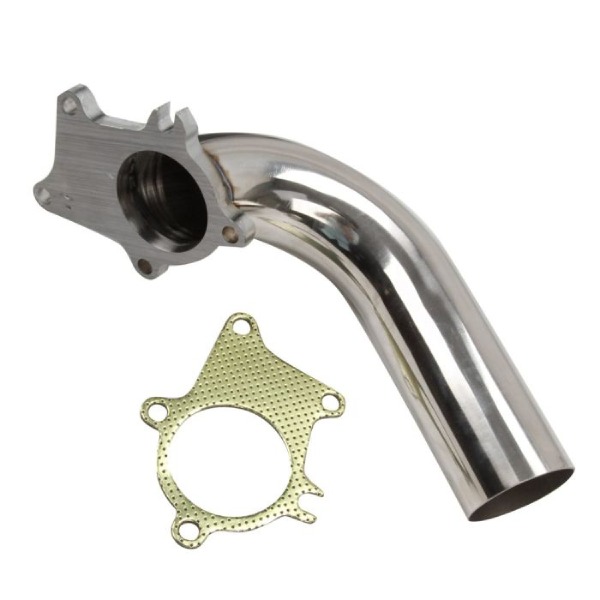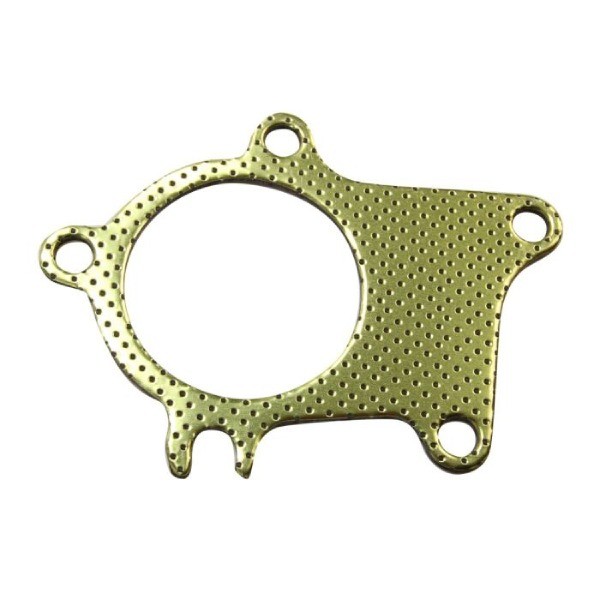- 1.What is an exhaust header gasket?
- 2.The importance of an exhaust manifold gasket, and why you need to replace a manifold gasket.
- 3.What does an exhaust manifold gasket do?
- 4.How to Rrplace an Exhaust Gasket ?
What is an exhaust header gasket?
Vehicles powered by internal combustion engines, including cars, contain various kinds of gaskets. If there's a leak in the exhaust, it disrupts the gas flow within the system, which diminishes the scavenging effect facilitated by the headers. Using a high-quality gasket is critical to maintain a sealed exhaust system.

The importance of an exhaust manifold gasket, and why you need to replace a manifold gasket
An exhaust manifold gasket functions as a mechanical seal and is generally constructed from multi-layered embossed steel. Alternative materials for its construction can include high-temperature fiber materials, graphite, ceramic composites, or a mix of these materials.
This component is crucial to the vehicle's engine operation, acting as an elastomeric seal that joins the cylinder head to the manifold unit. Typically, a single exhaust manifold gasket suffices for many automotive engines, but engines such as the V6 or V8 might require two gaskets.
It's common practice to use materials that are consistent across various gasket types within the engine system, including flange gaskets and ring gaskets. Knowledge of this uniformity in materials is essential for professionals in the automotive industry.

What does an exhaust manifold gasket do?
The exhaust manifold gasket plays a crucial role in the vehicle's system. It serves as a sealant for the gap between the engine's cylinder head and the entrance of the exhaust manifold, ensuring that gases do not inadvertently leak back into the engine. This minor component significantly impacts the overall functionality of the exhaust system.
How to Rrplace an Exhaust Gasket ?
1. Identify the malfunctioning exhaust gasket typically found at the juncture of the exhaust pipe and the exhaust manifold, or between connections of the exhaust pipe sections.
2. Unfasten the bolts or clamps securing the exhaust pipe, possibly requiring a socket wrench or similar tools.
3. Gently detach the exhaust pipe from the vehicle, taking care to avoid any damage to the pipe or nearby components.
4. Thoroughly clean the contact areas on both the exhaust manifold and the exhaust pipe using a wire brush or sandpaper to eliminate any corrosion or dirt.
5. Install the new exhaust gasket between the exhaust manifold and the exhaust pipe, ensuring it is correctly positioned and fits snugly into its designated slot.
6. Reconnect the exhaust pipe to the manifold or to the adjoining pipe section using the previously removed bolts or clamps.
7. Secure the bolts or clamps according to the specifications provided by the manufacturer.
8. Operate the vehicle to check for any signs of exhaust leaks. Listen for any abnormal sounds or smell for exhaust fumes, and if detected, immediately turn off the vehicle and reinspect your installation.
9. Always utilize the appropriate tools and adhere to the guidelines provided by the manufacturer during the replacement of an exhaust gasket. If uncertain about the process, consider consulting with a professional mechanic.








